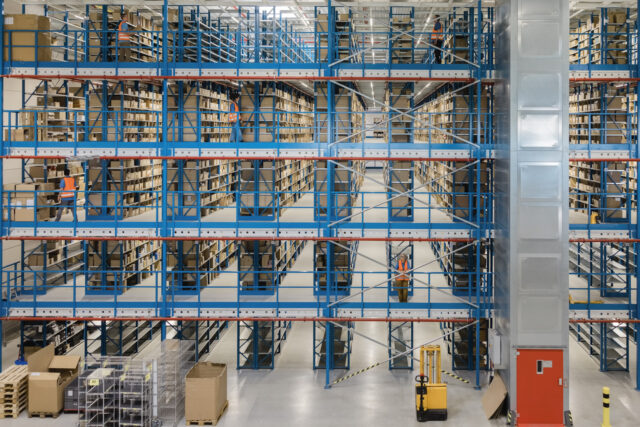Businesses in the U.S. stocked up on products as retail spending rose this summer and household demand proved more durable than expected after a year and a half of tightening monetary policy.
Inventories rose 0.4 percent in August, beating expectations for a 0.3 percent rise, data from the Commerce Department showed Tuesday. The July estimate was revised up from flat to a 0.1 percent increase.
Higher inventories are typically a positive sign for the economy, indicating growing confidence among businesses that there will be demand for products. Inventory growth adds to gross domestic product.
Inventories at manufacturers rose 0.3 percent. Retail inventories climbed by an extraordinary one percent. In a separate report released Tuesday, the Commerce Department said retail sales rose 0.8 percent in August.
Wholesale inventories declined 0.1 percent.
The ratio of business inventories to sales based on seasonally adjusted data at the end of August was 1.37. That was tick up from 1.36 in August. A rising ratio can be a cause for concern if it indicates that businesses are overstocking on goods and being left with unwanted inventory. At the current level, however, that does not seem to be the case. The long-term average ratio is exactly 1.37 and the average in the five years before the pandemic was 1.40. The average since March 2021, 2 which some consider the beginning of the post-pandemic era for the economy, has been 1.33.
Business inventories are considered a key leading indicator of future economic growth.

COMMENTS
Please let us know if you're having issues with commenting.